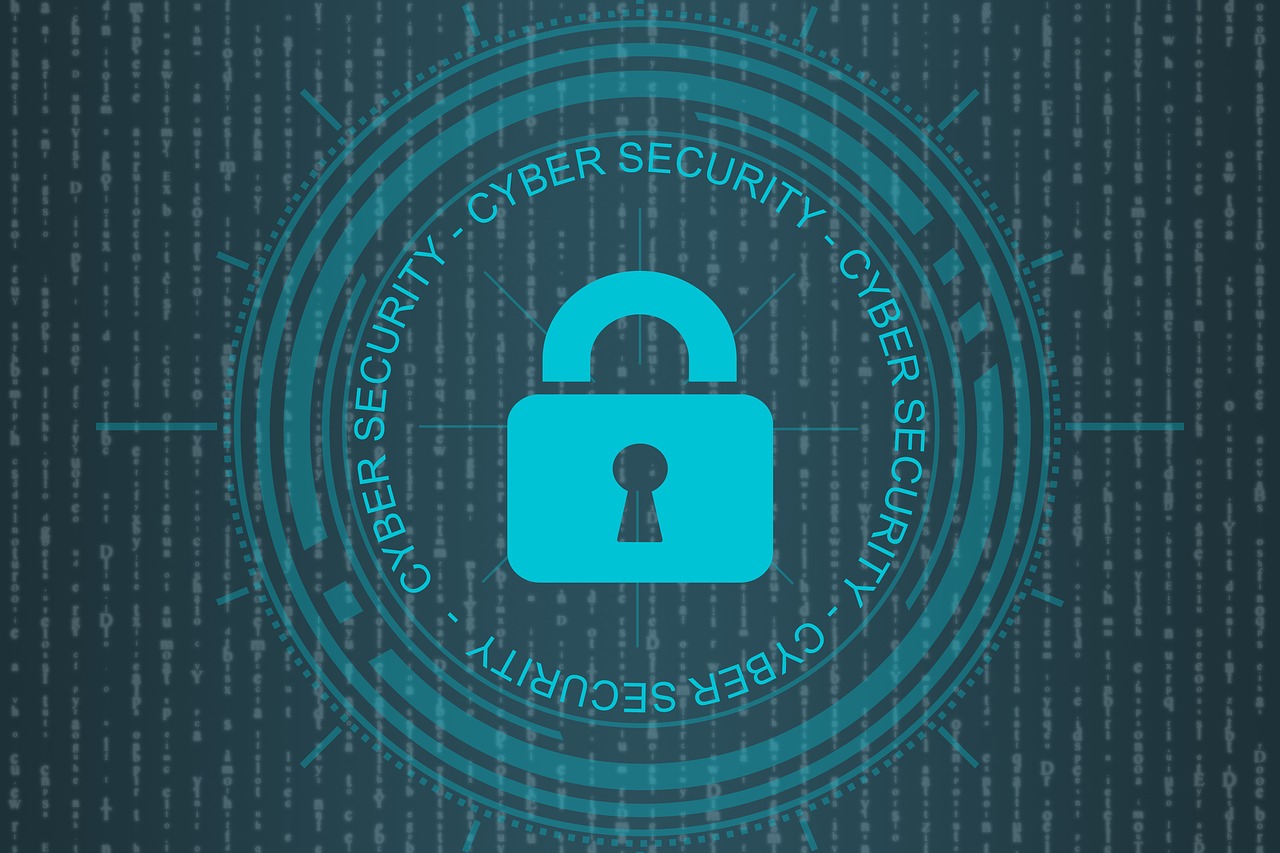One day morning, the CEO of a financial investment company was delighted with the recent market and was ready to do a big job in the new week. Suddenly, the secretary told him that the company suffered a network attack, all computers were paralyzed, and the data were encrypted. The hacker only left an e-mail: if you want to recover the data, please pay ransomware, or publish all your business data… This is a typical scene of ransomware attacks, which can not only obtain sensitive information but also blackmail a huge amount of money.
Ransomware often takes advantage of the vulnerabilities in the operating system. Most security software identifies whether the target program is a malicious program by code scanning. However, there is a problem. Once the ransomware uses a newly discovered vulnerability that is not covered by the security software, it can almost break into the target system unimpeded. In other words, conventional security software can defend against existing blackmail viruses, but it is difficult to defend against new ransomware using new vulnerabilities.
With the integrated development of telemedicine, medical Internet of things, Internet of people, Internet of body, and medical equipment, the field of health care is facing unprecedented network security risks.
What is the current situation of ransomware attacks?
Ransomware is well known by the public. It originated from WannaCry ransomware, which swept more than 150 countries around the world and caused tens of billions of losses. The reason why extortion viruses spread in large numbers is that firstly, they spread in a wide range of ways and from many angles. Secondly, the ransom payment method has become more hidden. The virtual currency represented by bitcoin makes it more difficult to track the real information of the extortioner. Thirdly, the encryption method has become more and more advanced. The infectivity of ransomware, the concealment of payment, and the upgrading of encryption form all provide a great convenience for the spread of ransomware.
With the development of enterprises, their data value is getting higher and higher. Attacks and theft against this data value, represented by the blackmail virus, will become more and more rampant. In the future, we should learn to coexist with the blackmail virus and criminals engaged in blackmail fraud for a long time.
How can we do to protect enterprise data?
Firstly, the most important thing is security awareness. Secondly, we should respond and deal with it in time. Thirdly, the spread of ransomware must be based on a certain carrier, and we must put the basic network security work in place. The fourth is the issue of security bottom line, because all online data may become the target of attack. In addition to regular backup, an offline backup is also important.
In the face of ransomware attacks, backing up data at any time and establishing a disaster recovery mechanism are important methods to preserve data. Throughout the year, ransomware attacks emerged one after another, therefore, data backup is urgent. There are a lot of companies do backup and recovery business. Here this article recommend the most easy-to-use and cost-effective one, Vinchin Backup & Recovery.
Vinchin is a professional provider of data protection solutions for enterprises. It provides a series of data backup, instant recovery, and offsite DR solutions for private cloud, public cloud and hybrid cloud environments. If your virtual environment is relatively small, you can download Vinchin Backup & Recovery FREE edition to get simplified data protection quickly started. For more information, you can visit www.vinchin.com/en/
.



 Bitcoin
Bitcoin  Ethereum
Ethereum  Tether
Tether  XRP
XRP  Solana
Solana  USDC
USDC  TRON
TRON  Cardano
Cardano  Lido Staked Ether
Lido Staked Ether  Avalanche
Avalanche  Toncoin
Toncoin